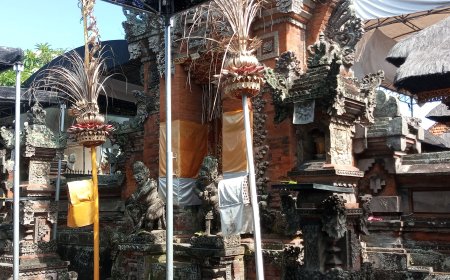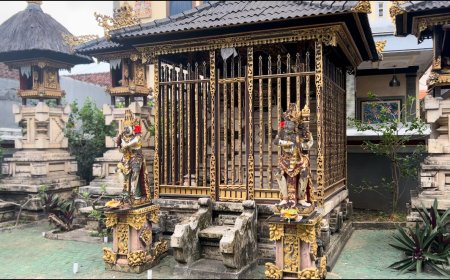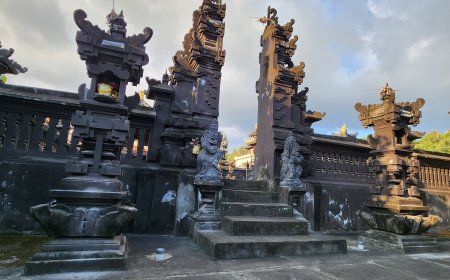Maha Gotra Pasek Sapta Rsi: The First and Largest Lineage in Bali
When delving into the history and origins of the Pasek lineage, we enter a world rich in cultural and spiritual heritage. This is a tale of how they first arrived in Bali, carrying profound meanings and values. Additionally, it's about how Pasek became a respected title in various fields, signifying authority and identity of leaders in the Bali Aga community. However, their legacy isn't just about leadership; over time, they left behind a cultural and spiritual heritage encompassing reverence for ancestors, appreciation of nature, and sacred traditions that are still held in high esteem today.
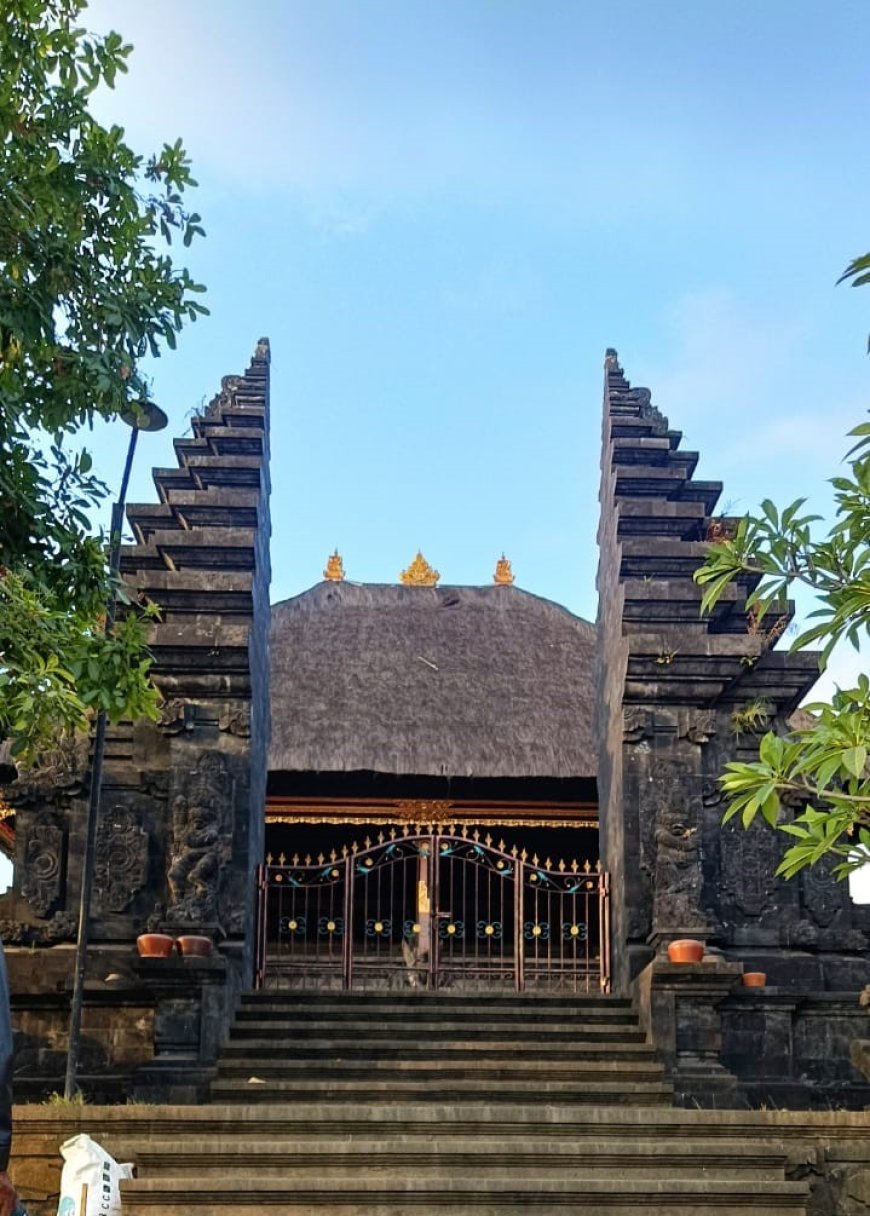
The Besakih Temple Complex, majestically situated on the slopes of Mount Agung on the island of Bali, is not only known as a place of worship for the Gods, who are manifestations of the One Supreme God in various aspects of life, but it also holds a spiritual complexity involving reverence for the sacred ancestors known as Dewa Pitara. The place of worship for these ancestors in Besakih is called Padharman Temple. Padharman Temple, as mentioned earlier, is an integral part of this complex specifically dedicated to honoring ancestors who have attained the status of Dewa Pitara. In the context of Padharman Temple, one common location is Padharman Pasek Temple.
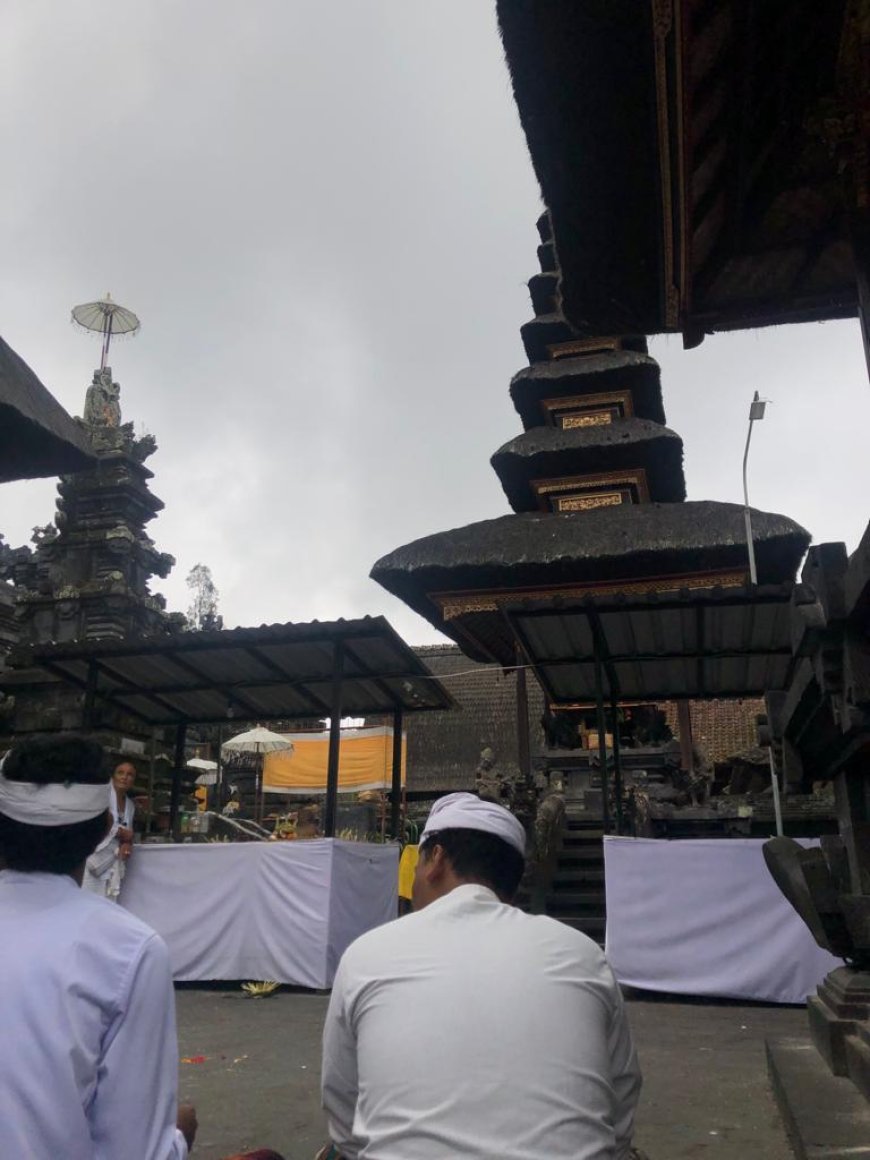
Padharman Pasek Temple (Image Source: Editorial Collection)
Padharman Pasek Temple is not just an ordinary place of worship; it is a special and sacred location for the Pasek community. This community has formed an institution known as Maha Gotra Sanak Sapta Resi, which serves as the main pillar in the management and development of this Padharman Temple. Over time and with changing times, Padharman Pasek Temple has undergone remarkable transformations, with its functions expanding to meet the needs and demands of the era.
To fully understand the depth of meaning in Padharman Pasek Temple, we must reflect on the long history that shaped it. Padharman Pasek Temple is not only a historic structure but also a silent witness to the spiritual and cultural journey of the Balinese society, particularly the Pasek community, over centuries.
In the year Isaka 971 or 1049 AD in the Gregorian calendar, on a Thursday of Umanis Dunggulan, the island of Bali welcomed a revered figure, Mpu Gnijaya. He was a part of the Panca Tirta, a respected group in Balinese culture for their significant role in maintaining the balance of nature and spirituality on the island.
Mpu Gnijaya, boasting noble lineage from Bhagawanta, was the eldest son of Danghyang Tanuhun. His arrival in Bali was not just an ordinary event but the zenith of wisdom that adorned the island's history. He came with sacred intent, aiming to make a significant contribution to the spirituality and culture of Bali.
Upon arriving in Bali, Mpu Gnijaya chose to meditate at the foot of Mount Lempuyang Madya. There, he immersed himself in the profound silence of nature and closely connected with the Gods through meditation and sacred ceremonies. He was not a solitary figure but had like-minded brethren who also played a role in spreading sacred teachings and values. Mpu Semeru, Mpu Ghana, Mpu Kuturan, and Mpu Bharadah were his fellow practitioners who delved deep into spiritual teachings.
It's essential to note that Mpu Gnijaya played a central role in laying the spiritual foundation that would shape the Pasek extended family in Bali. In his wake, he established the Sang Sapta Resi, a select group consisting of seven priests known as custodians of sacred teachings and high spiritual embodiments. Thus, the Pasek extended family emerged from the profound spiritual legacy left by Mpu Gnijaya.
This history serves as an introduction that reveals the significance of Mpu Gnijaya's role in shaping Balinese spirituality and creating a lasting legacy for Balinese society. With respect and reverence, we can continue to contemplate his role and influence in the culture and spiritual life of Bali that we continue to enjoy to this day.
It is recounted that one of Mpu Gnijaya's sons, Mpu Dangka, married the daughter of Mpu Semedang. From this marriage, he had a son named Mpu Wiradangka. Mpu Wiradangka married Dewi Sukerti, and from this union, three children were born. One of these children was Sang Wiradangka. It is told that Sang Wiradangka married Ni Ayu Kamareka, and from their union, the lineage of Pasek originated. Sang Wiradangka himself had descendants, including De Pasek Lurah Gaduh, De Pasek Lurah Ngukuhin, De Pasek Lurang Kadangkan, and Ni Rudani.
After the descendants of Sang Wiradangka were born, the term "Pasek" began to be used by the Bali Aga people as a title or identity for a leader. Initially, the term was applied to someone holding leadership in governance, then to every leader in various fields. Thus, "Pasek" is not just a word but a deep and meaningful identity in the lives of the old Bali community. In its title lies respect for the rich history, tradition, and values that are precious to old Bali culture.
Furthermore, there is a temple to worship the ancestors of the Pasek lineage itself, and this temple is called Pedarman Pasek Temple, located within the Besakih temple complex. In the eyes of the Balinese people who are descendants of the Pasek lineage, Pedarman Pasek Temple is a bridge that connects them to their ancestors, providing guidance, blessings, and protection. It is a place where the Pasek descendants feel deeply connected to their cultural and spiritual roots and where they preserve and celebrate this heritage for future generations.
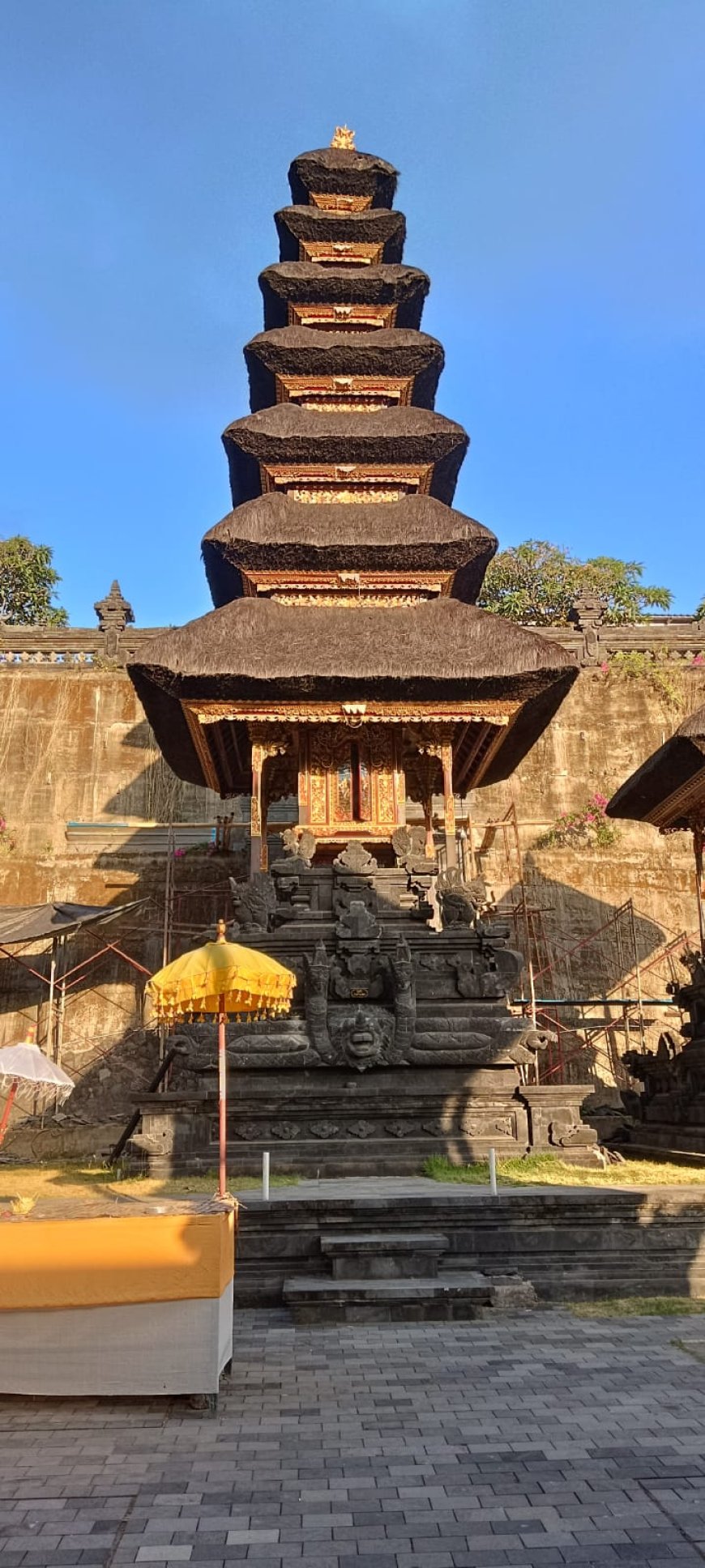
Meru of Pasek Munduk Dawa Temple (Image Source: Editorial Collection)
Then there is also Pasek Munduk Dawa Temple, which has a special role and significance as a place of worship for Mpu Ghana, a spiritual brother of Mpu Gnijaya. In Balinese society, Munduk Dawa Temple serves as a focal point in preserving and celebrating the valuable contributions of spiritual figures like Mpu Ghana.
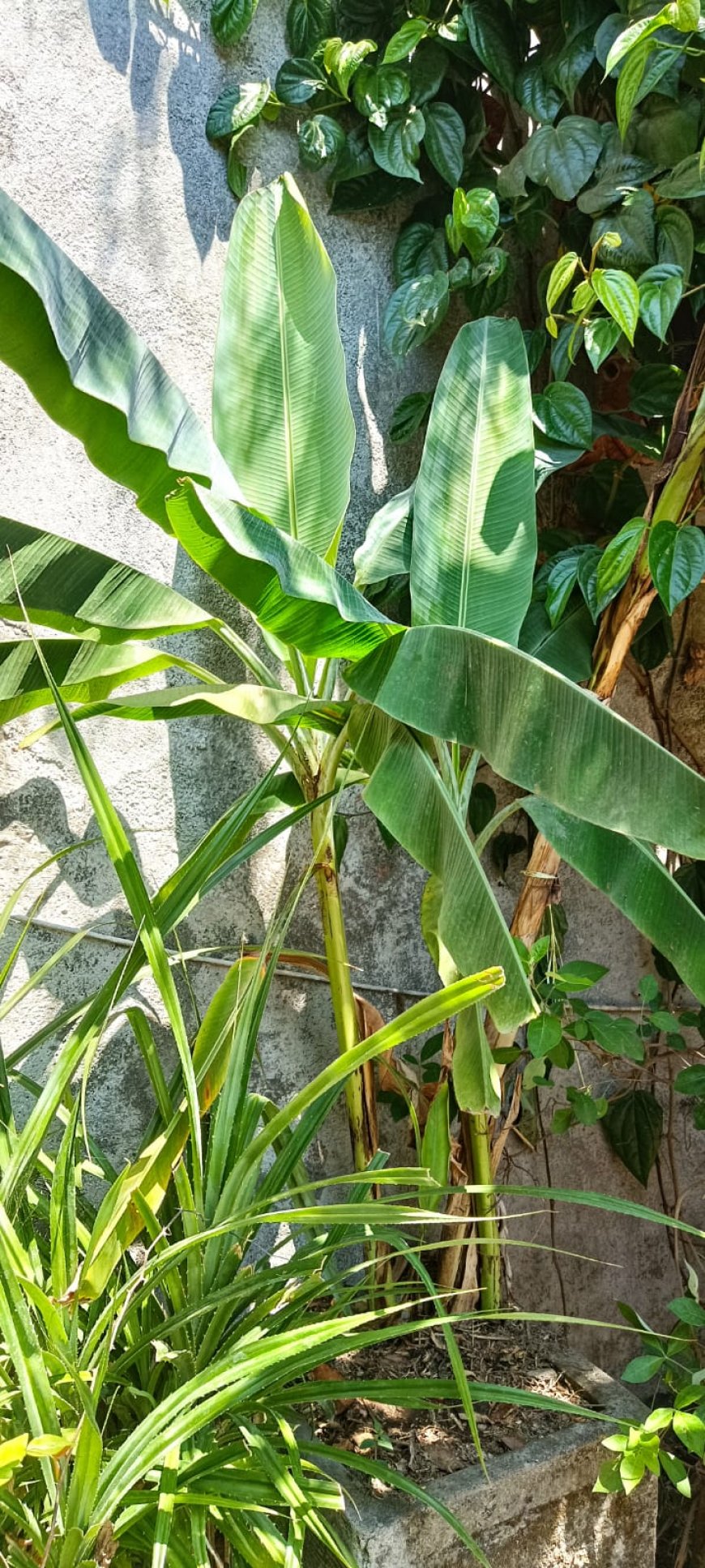
Kaikik Banana Tree (Image Source: Editorial Collection)
There is also a cultural legacy left by the son of Sang Wiradangka himself, known as De Pasek Lurah Ngukuhin. It is told that when his son was born in the midst of a forest, he was laid on a bed of Kaikik banana leaves. This act rendered great significance to the Kaikik banana tree, and as a result, it is highly revered. Even today, when a member of the Bali Aga community from the Pasek Ngukuhin lineage passes away, they are provided with a Kaikik banana leaf bed during their cleansing ritual by the local villagers.


















































